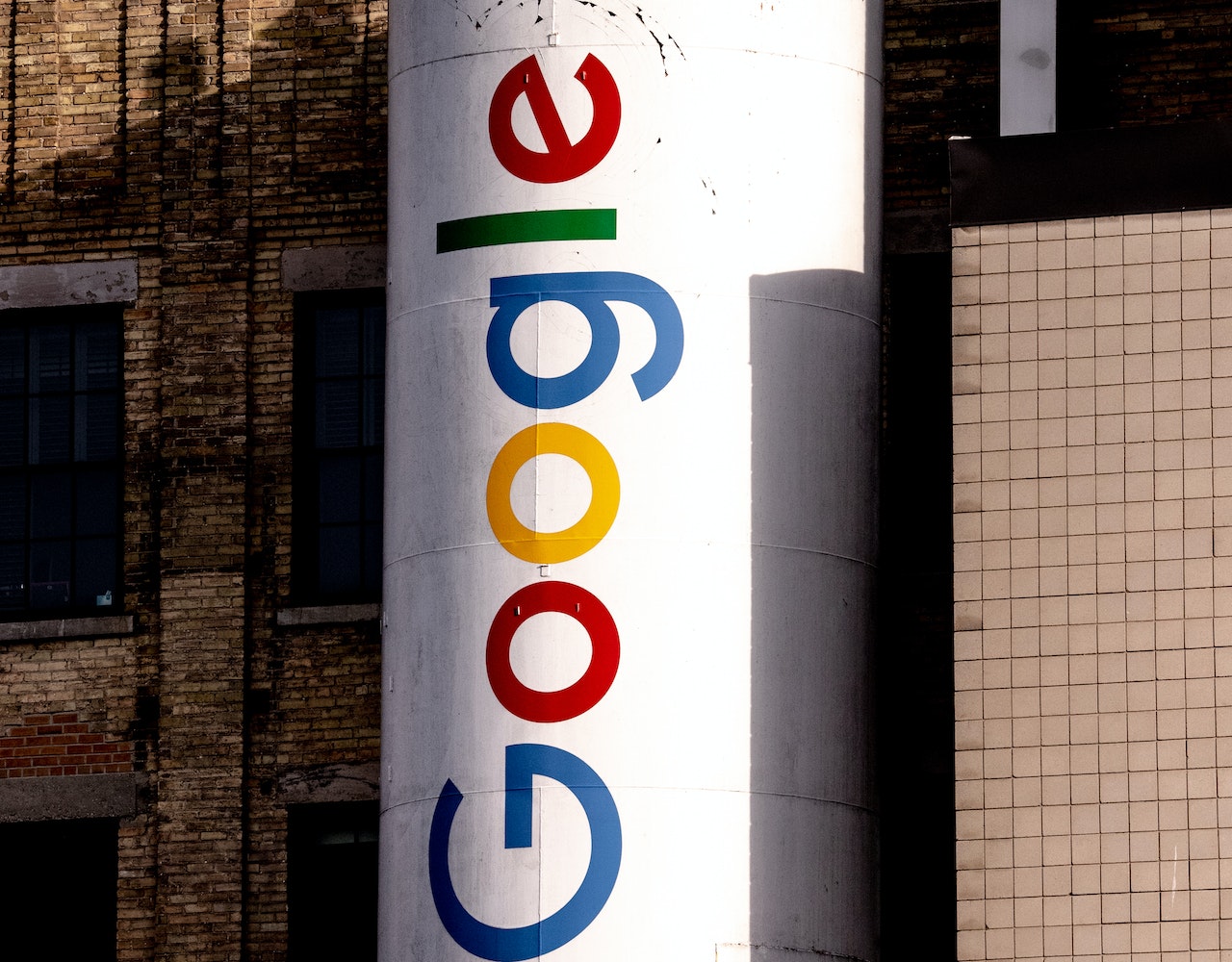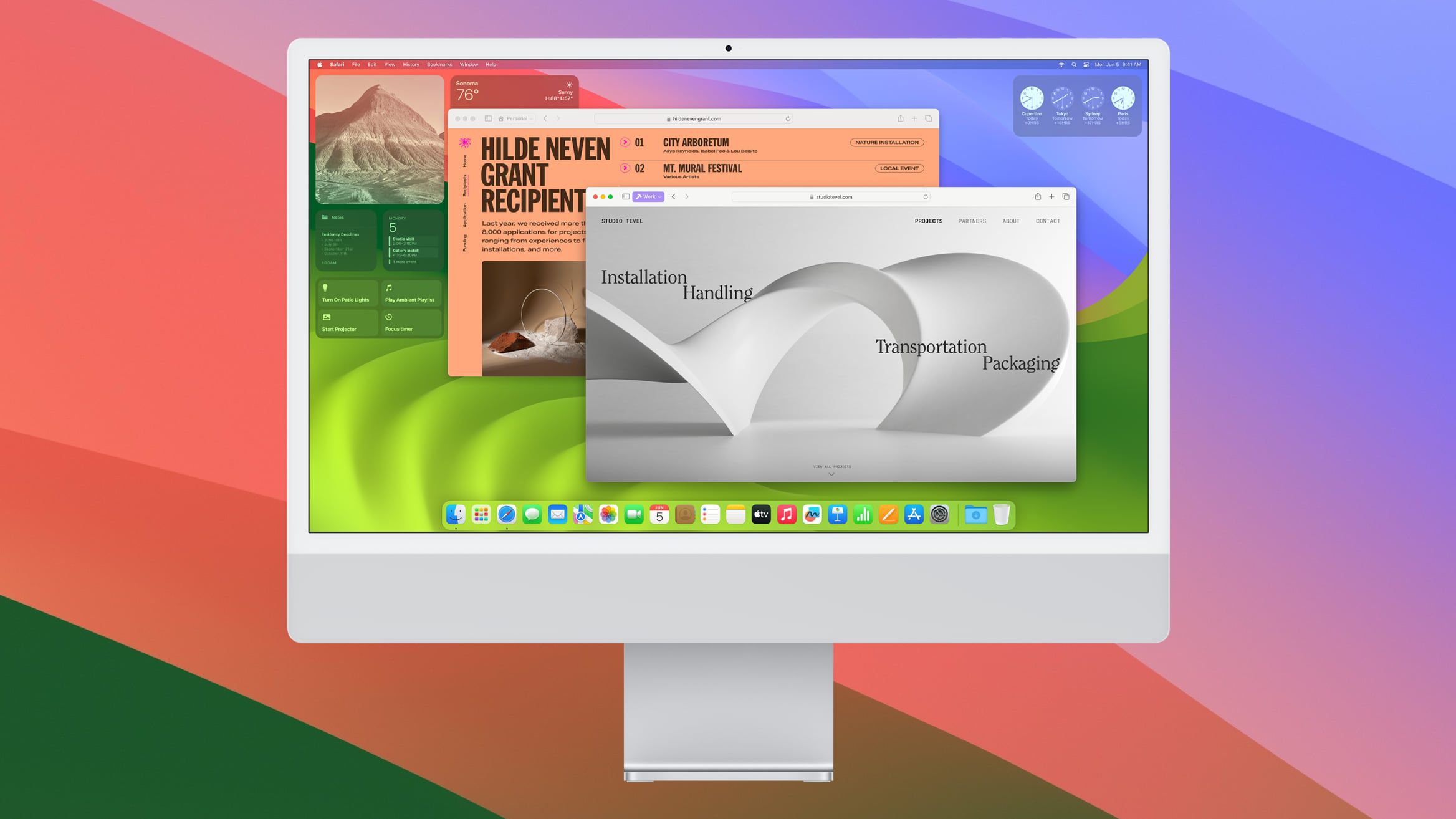Pixel 8 vs. Pixel 7 Differences?
Pixel 8 vs. Pixel 7 Differences?
Pixel 8 vs. Pixel 7: Which is Worth the Upgrade?
Let’s dive into a Google Pixel 8 vs. Pixel 7 match and help you figure out if it’s worth upgrading to the new flagship. In this face-off between the base models of the Pixel 8 and Pixel 7 lines, we’ll provide you with rich background information and in-depth insights.
The Pixel 7, launched last year, is expected to see a $100 discount. However, even with the discount, the new Pixel 8 is a sight to behold. It comes with an advanced chipset, a brighter display, a higher refresh rate, and some fresh new colors for those who like a little variety. If you’re still undecided, let’s compare the two phones head-to-head to help you make a decision.
Pixel 8 vs. Pixel 7: Price
The Pixel 7 was initially priced at $599, but if you wanted the 128GB version instead of the base 64GB model, it would cost an extra $100. On the other hand, the Pixel 8 base model starts at $699, making it $100 more expensive than its predecessor. However, the 256GB version of the Pixel 8 sees a more modest price increase of $60, priced at $759.
While the price may or may not be justified, let’s delve into the following rounds to see if the price hike is justified.
Pixel 8 vs. Pixel 7: RAM and Storage
When it comes to storage options, both the Pixel 7 and Pixel 8 base models offer 128GB and 256GB variants. The RAM configuration remains the same as last year, with both phones equipped with 8GB of RAM.
| Pixel 7 | Pixel 8 | |
|---|---|---|
| Storage | 128GB + 8GB of RAM | 128GB + 8GB of RAM |
| 256GB + 8GB of RAM | 256GB + 8GB of RAM |
Pixel 8 vs. Pixel 7: Display and Design
Google has maintained a similar design for the Pixel 8 compared to the Pixel 7, albeit with a slightly smaller display size. Despite the reduction in size, the Pixel 8 retains the camera bar and glossy design, featuring a back glass made of Gorilla Glass Victus. Additionally, the Pixel 8 boasts a brighter screen and a higher refresh rate.
| Pixel 7 | Pixel 8 | |
|---|---|---|
| Display | 6.3 inches, 1400 nits, 90Hz | 6.2 inches, 2000 nits, 120Hz |
Although the design is similar, Google has introduced new colors for the Pixel 8, ensuring it stands out from the crowd. In addition to the black and white options available for the Pixel 7, the Pixel 8 introduces Hazel (gray) and Rose (pink) as new color choices, replacing the Snow option.
| Pixel 7 | Pixel 8 | |
|---|---|---|
| Colors | Obsidian, Snow, and Lemongrass | Hazel, Rose, and Obsidian |
Pixel 8 vs. Pixel 7: Cameras
The camera upgrades between the Pixel 8 and Pixel 7 are not significant. Although the Pixel 7’s camera is already decent, it doesn’t compare to the best cameras on other phones. Google seems to have kept the same camera specs for their new flagship’s base model, with a 50MP camera with a lower aperture (better for light gathering). Additionally, the field of view (FOV) of the 12MP ultrawide camera has increased from 114 degrees to 125.8 degrees.
Here are the main camera specifications:
- Pixel 7: 50MP, 1.2 μm, ƒ/1.9, 82-degree FOV
- Pixel 8: 50MP, 1.2 μm, ƒ/1.68, 82-degree FOV
Rear camera specifications:
- Pixel 7: 12MP, 1.25 μm, ƒ/2.2, 114-degree FOV
- Pixel 8: 12MP, 1.25 μm, ƒ/2.2, 125.8-degree FOV
And front-camera specifications:
- Pixel 7: 10.8MP, 1.22 μm, ƒ/2.2
- Pixel 8: 10.5MP, 1.22 μm, ƒ/2.2
Video shooting capabilities haven’t seen significant changes, but the Pixel 8 offers a new 24FPS mode. Additionally, there are some new photo editing features, including UltraHDR and the Audio Magic Eraser.
Pixel 8 vs. Pixel 7: Chipset
Google’s new flagship phone, the Pixel 8, is equipped with the Tensor G3 chip. While not the most powerful compared to competitors like Qualcomm Snapdragon and Apple’s A-series chipsets, the Tensor G3 represents a significant performance upgrade from the Tensor G2 used in the Pixel 7. Google claims the Tensor G3 will push the boundaries of on-device machine learning, enabling enhanced AI capabilities throughout the device and powering the new camera editing features mentioned earlier.
Pixel 8 vs. Pixel 7: Battery
Google has increased the battery capacity of the Pixel 8 to 4,600 mAh, up from 4,355 mAh in the Pixel 7. Furthermore, the Pixel 8 offers faster charging speeds, increased from 23W to 27W.
With all these improved features and upgrades, the Pixel 8 offers a compelling case for upgrading from the Pixel 7. The advanced chipset, brighter display, higher refresh rate, enhanced cameras, and the implementation of the Tensor G3 chip make the Pixel 8 a phone worth considering. Ultimately, the decision to upgrade will depend on your individual needs and preferences.





